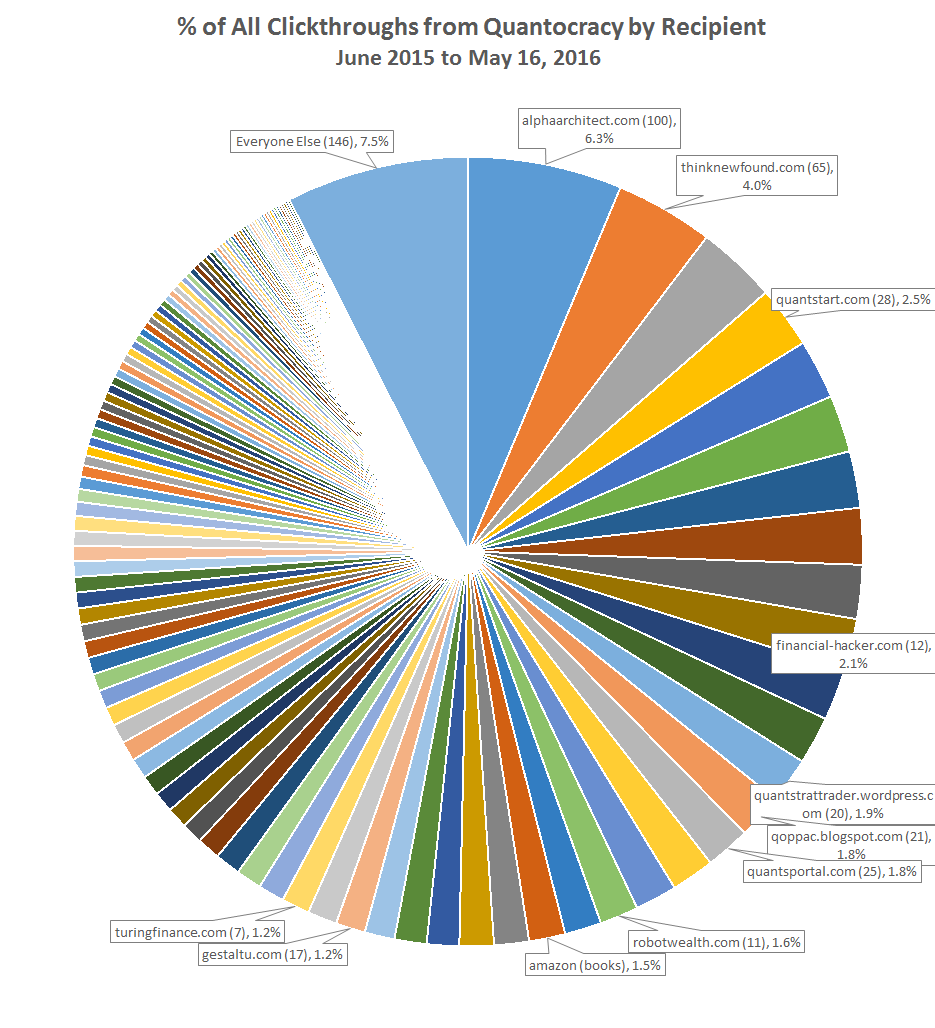This is a summary of links featured on Quantocracy on Friday, 05/20/2016. To see our most recent links, visit the Quant Mashup. Read on readers!
-
A simple breakout trading rule (pysystemtrade) [Investment Idiocy]Breakout. Not the classic home arcade game, seen here in Atari 2600 version, but what happens when a market price breaks out of a trading range. The Atari 2600 version was built by Wozniak with help from Jobs exactly 40 years ago. Yes that Wozniak and Jobs. Source: wikipedia In this post I'll discuss a trading rule I use to look at breakouts. This will be an opportunity to understand in more
-
Behavioral Finance Strikes Again: Contrast Effects in Markets [Alpha Architect]At this point, even hard core efficient market fans will likely admit that behavior can influence investment decisions. Humans arent robots. However, just because some investors exhibit bad behavior that doesnt mean they can influence prices. As the story goes, smart investors are prepared to take advantage of profitable opportunities at a moments notice, and thus, prices are always

